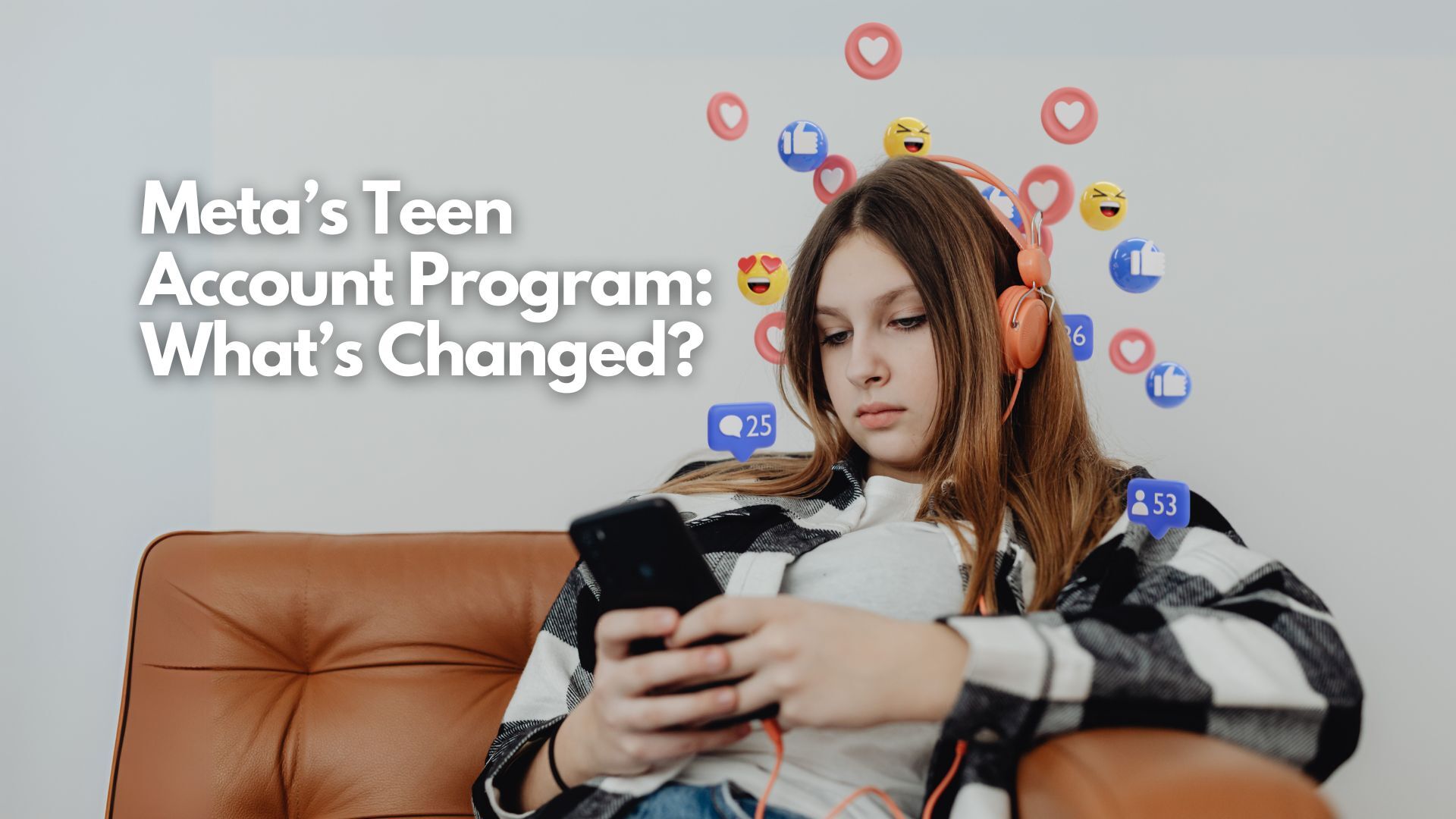Introduction: A Critical Moment for Teen Online Safety
Meta, the tech giant behind Facebook and Instagram, recently announced key updates to its teen account policies. While framed as a proactive move to protect youth online, many experts argue the changes are incremental, not transformational. As digital platforms increasingly become part of children’s social, emotional, and psychological development, we must ask: Are these updates truly enough?What Are Meta's Teen Account Changes in 2025?
1. Default Privacy Settings for New Teen Users
Meta announced that new accounts for users under 16 (or under 18 in some countries) will be set to private by default. This ensures that strangers cannot automatically follow or message teen users unless approved. Bold move or basic hygiene? While it seems like a win, it’s something digital safety advocates have demanded for years.2. Messaging Restrictions from Unknown Adults
Adults not connected to a teen now face stricter limitations. Meta claims to use machine learning and behavioral signals to block potentially suspicious adult accounts from initiating DMs with teens.- Pros: Could reduce predator contact attempts.
- Cons: Still allows some gray area, especially with fake accounts or disguised identities.
3. Tighter Controls on Sensitive Content Exposure
Meta has introduced filters for explore pages and suggested content, specifically curating what teens see to reduce exposure to harmful content like eating disorders or self-harm. But this approach hinges on algorithm accuracy and assumes teens won’t seek such content on other platforms or accounts. Self-reporting of age remains a major loophole.The Loophole That Undermines It All: Self-Declared Ages
One glaring flaw in Meta’s entire teen safety framework is that it still allows users to self-declare their age. There is no rigorous age verification system. A 12-year-old can still create an Instagram account claiming to be 16 — and access all content accordingly. Until Meta enforces secure and verifiable age checks, these protective measures remain superficial at best.How Meta’s Teen Policies Compare to TikTok and Snapchat
TikTok: The Stronger Stance
TikTok has gone further in some ways:- Auto-disabling DMs for under-16 users.
- Restricting screen time with enforced breaks.
- Limiting push notifications at night.
Snapchat: The Loophole Playground
Snapchat, by contrast, continues to allow anonymous messaging, Snap Map tracking, and content that’s barely monitored. Meta’s changes, though not perfect, now surpass Snapchat in some categories of teen protection.Why These Changes Are Not Enough: Expert Perspective
Clayton Cranford’s Viewpoint
Clayton Cranford, the founder of Cyber Safety Cop and a 20-year law enforcement veteran, emphasizes: “Privacy settings and messaging filters help, but real safety begins with strong parental involvement, honest conversations, and device limits. Meta’s changes are a start — not a solution.” His books, “Parenting in the Digital World” and “Screen Time Standoff”, are powerful guides that teach parents how to negotiate tech use and spot dangers before they escalate.Real Threats Teens Face Online
Even with Meta’s new controls, teens remain vulnerable to:- Sextortion and predators operating with fake profiles.
- Cyberbullying through group chats, shared reels, and comments.
- Mental health degradation due to algorithm-fed content spirals.
- Addictive dopamine-driven scrolling leading to poor sleep, low self-esteem, and disengagement from offline life.







